Dulce De Leche
Cannabinoid THC Dominant
THC 16 - 18.5%
CBD 0.47 - 0.66%
Effect Happy
Side Effect Heightened sensory perception
Flavor Sweet
All About Dulce De Leche Weed Strain
THC
CBD
Potency
The Dulce de Leche weed is the offspring of two strains: Maple Leaf Indica and Cream Caramel. It has a 40% to 60% Sativa/Indica ratio. THC level varies from a minimum of 16% to a maximum of 18.5%. This is average strength, so this cannabis is suitable for weed-lovers with some experience as well as novice ones. CBD content seems to be low and remains at 0.5% (from 0.47% to 0.66%). Along with these cannabinoids, the Dulce de Leche's structure contains the following therapeutic components:
- CBC 0.32–0.41%
- CBG 0.46–0.65%
- CBN 0.06–0.11%
- THCV 0.41-0.46%.
The primary terpenes synthesized by the Dulce de Leche bush are popular myrcene, carene, and linalool. They are fundamental for the buds' fragrance and smell. The presence of limonene, phellandrene, and terpinolene contributes to the overall palette of scents.
Flavor and Aroma
Dulce de Leche marijuana has a sweet & spicy herbal perfume that appeals to individuals who enjoy natural scents. The first inhale will leave you with a sweet, rich, and pleasant aroma of musk and pine. Light and fresh citrus nuances perfectly shade the dense earthy and woody flavor. This strain is easy to smoke and fills your lungs with flowery, herbaceous air.
Dulce De Leche Strain Effects
Dulce De Leche strain consumption can aid in relieving anxiety and stress, while also boosting creativity and concentration. When you smoke, you get a happy feeling with a few giggles, but your head stays clean at the same time. This cannabis removes the tension that has accumulated in the body. Dulce De Leche is ideal for morning and midday usage because its vibe will not distract you from completing tasks on your daily to-do list.
Choose this weed strain if you are dealing with:
- Depression episodes
- High anxiety level
- Anorexia, lack of apetite
- Fatigue, tension because of the daily routine
- Phantom limb and other types of pain
- Muscular dystrophy
- ADD/ADHD
- Migraines.
Most of the time, using Dulce De Leche has only good outcomes. However, like all cannabis, it has some adverse effects, though they are usually minor or unnoticeable. Oversensitive consumers or inexperienced smokers, on the other hand, may report hunger and thirst, a rapid heartbeat, a dry mouth and eyes, and an increased sensory perception. Сoncern and paranoia are two mental side effects of consumption.
Information For Growers
This breed may be grown both indoors and outdoors. Because this marijuana plant needs more action to cultivate, you should only start choosing and planting this seed if you have previous successful gardening practices.
The plant can grow up to 60 inches in the open air but not more than 30 inches indoors. Dulce De Leche is an auto-flowering weed bush. This means it does not require the 12/12 light cycle to bloom. That's why the gardener might expect the first yield after almost 56 days.
This cannabis flowering period nearly starts on the 52nd and ends on the 63rd growth day. One plant yielded roughly 400 grams of buds with bold orange furs and fine trichome coverage.
Side Effects
Simply let us know how this strain tastes or write a detailed review.
Dulce De Leche Strain Cannabinoids
| THC | Tetrahydrocannabinol, or THC, is a major cannabis chemical compound. It is a psychoactive element that stimulates dopamine release and induces euphoria or happiness. THC-rich strains may be helpful with such conditions as lack of appetite, chronic pains , etc. It is considered to be the primary active marijuana component. | 16 - 18.5% |
| CBD | Cannabidiol, or CBD, is a major compound in cannabis, which is non-psychoactive. It is also proved to counteract the side effects of the second major component THC. CBD is widely used for medicinal purposes in rubs, oils and so on. It is helpful in muscle pain cases, may treat arthritis and migraines. Even Greeks used it against pain, while Queen Victoria applied it to get rid of menstrual cramps. | 0.47 - 0.66% |
| CBC | Cannabichromene, or CBC, is a minor cannabinoid, meaning that its quantity in cannabis is quite little. Though it has the same origin as CBD and THC, it is different in functions. Without any psychoactive effects, it is an efficient cannabis compound in combating acne and depression. CBC produces analgesic, antibacterial and anti-inflammatory effects. | 0.32 - 0.41% |
| CBG | Cannabigerol, or CBG, is one of the minor cannabis compounds in adult plants. On the other hand, young ones contain a lot of this antibacterial and anti-inflammatory component. During the growth, CBG is converted into different cannabinoids, mostly THC and CBD. The compound itself increases appetite and decreases eye pressure. | 0.46 - 0.65% |
| CBN | Cannabinol, or CBN, is a trace element in cannabis that is considered to be mildly psychoactive. It appears from oxidation THC, exposed to light and heat. CBN is mostly contained in old cannabis and in traditional hashish. It is effective against insomnia, bacterial infections and appetite loss. | 0.06 - 0.11% |
| THCV | Tetrahydrocannabivarin, or THC-V, is a compound contained in cannabis in trace amounts. Even though it is close to THC molecularly, it is different in effects. This compound may be psychoactive only in large amounts. THC-V reduces blood sugar, controls appetite, stimulates bone growth, etc. African Sativa strains are the richest in THC-V. | 0.41 - 0.46% |
Dulce De Leche Terpene Profile
| Carene | Carene (also known as Delta-3 carene) is a terpene found in rosemary, lemons, pines, and cedars, offering citrusy and cypress aroma. Studies on mice showed that carene provides anti-inflammatory effects, as well as promotes bone health and chronic pain relief. | 0.18% |
| Myrcene | Myrcene (also known as β-myrcene) is one of the most common terpenes found in cannabis, representing more than 20% of the modern marijuana terpene profile. Myrcene has a distinct earthy, musky flavor, resembling cloves. It is responsible for calming and soothing effects of weed. Myrcene is also found in hops, thyme, mango, lemongrass, guava melon. | 0.2% |
| Humulene | Humulene (also known as α-humulene) is one of the major terpenes found in cannabis, contributing to woody, earthy, spicy, herbaceous, and, mainly, floral aromas of cannabis. Used in modern medicine, humulene offers anti-inflammatory, antibacterial, and appetite suppressant effects, which have been well-researched by pharmaceutical companies. | 0.16% |
| Limonene | Limonene (also known as d-limonene) is the second most common terpene in nature and the third most common terpene in cannabis. It has a powerful citrus aroma and can be found in all citruses, including lemons, oranges, grapefruits, limes, juniper, etc. Limonene is known to elevate moods and provide anxiety, depression, and stress relief. | 0.15% |
| Linalool | Linalool (also known as beta linalool, linalyl alcohol, linaloyl oxide, and p-linalool) is one of the rarest terpenes found in cannabis, mostly in small quantities. Linalool is known for its spicy and lavender aroma, bringing relaxation and calming effects. It is also said to provide anti-inflammatory and analgesic properties that can be useful for athletes. | 0.18% |
| Terpinolene | Terpinolene is one of the most common terpenes found in cannabis; however, It's usually presented in small quantities. Is responsible for piney, floral, herbaceous, and even a little bit citrusy aroma of cannabis. Terpinolene can be found in lilacs, nutmeg, and cumin. In cannabis, terpinolene contributes to the sensation of "freshness." Has the potential to reduce the risk of heart diseases. | 0.1% |
| Phellandrene | Phellandrene (also known as alpha- and beta-phellandrene) is one of the rare terpenes found in cannabis with antihyperalgesic and antidepressive properties. Phellandrene contributes to a minty, woody, and mildly citrus aroma in cannabis. Previously confused with limonene and pinene, phellandrene was eventually distinguished as a separate terpene common for eucalyptus. Also, it could be found in mint, dill, black pepper, cinnamon, parsley, pine, and lavender. | 0.03% |
| Total terpenes content | 1.00% |
Growing Info
Similar Strains
THC 15 - 23%
CBD 2 - 2.29%
Effect Euphoric
Flavor Spicyherbal
THC 18 - 21.67%
CBD 0.57 - 0.88%
Effect Sleepy
Flavor Pine
THC 17 - 17%
CBD 0.06 - 0.31%
Effect Focused
Flavor Skunk
THC 18.5 - 19.5%
CBD 0.95 - 1.3%
Effect Relaxed
Flavor Earthy
THC 10 - 15%
CBD 0.83 - 0.98%
Effect Happy
Flavor Spicyherbal
THC 12.61 - 17.43%
CBD 0.31 - 1.34%
Effect Giggly
Flavor Coffee
THC 18 - 21.5%
CBD 0.06 - 0.34%
Effect Hungry
Flavor Tree fruit
THC 15.75 - 19%
CBD 0.24 - 0.61%
Effect Uplifted
Flavor Earthy
THC 15.75 - 19%
CBD 0.38 - 1.04%
Effect Giggly
Flavor Spicyherbal
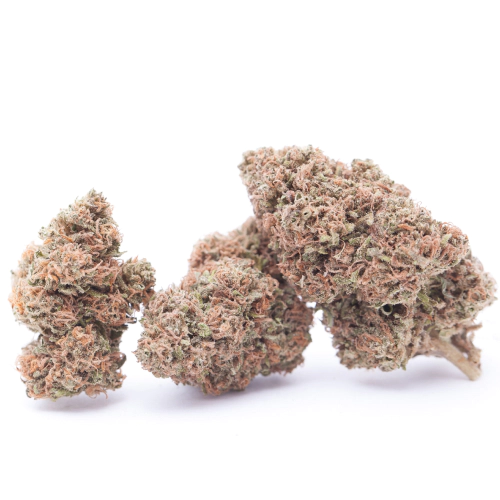
THC 15.6 - 19.1%
CBD 3.82 - 5.61%
Effect Concentrated
Flavor Lemon
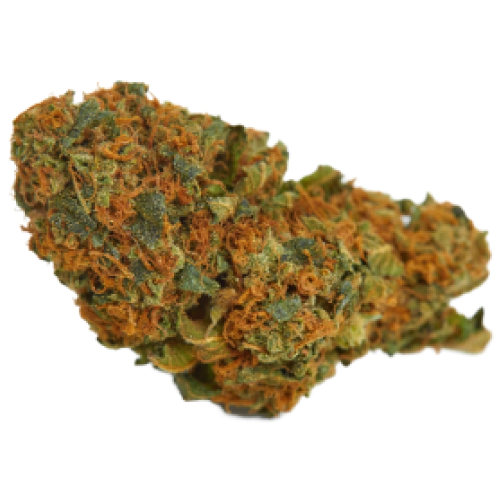
THC 16.25 - 19.25%
CBD 0.73 - 1%
Effect Happy
Flavor Grape
THC 17.67 - 19.33%
CBD 0.24 - 0.69%
Effect Sleepy
Flavor Nutty

THC 19.67 - 22.33%
CBD 0.68 - 0.95%
Effect Relaxed
Flavor Spicyherbal
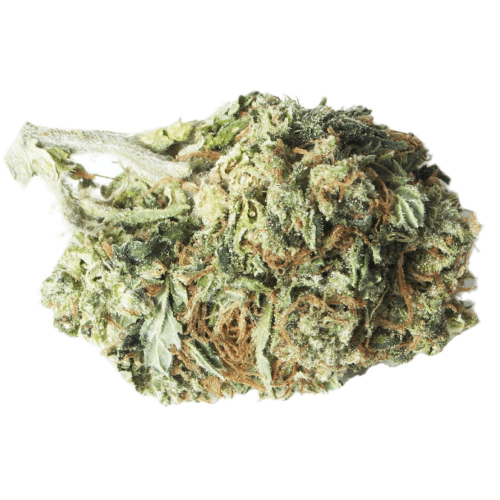
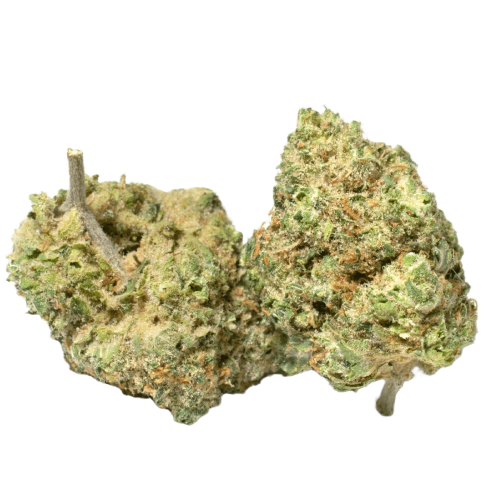
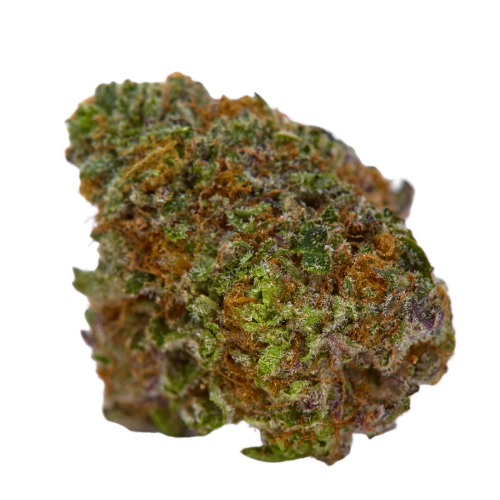
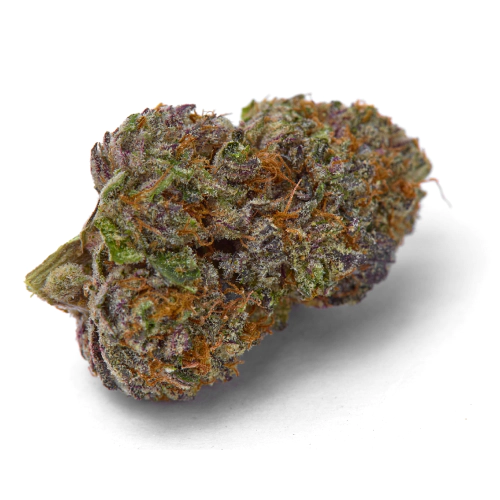
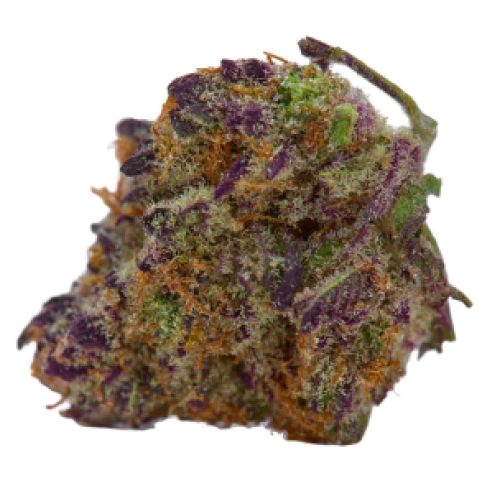
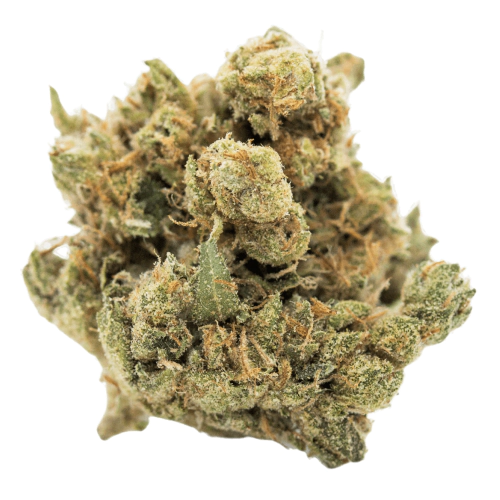
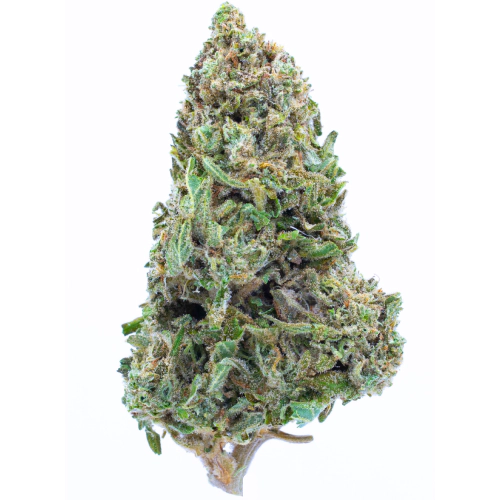


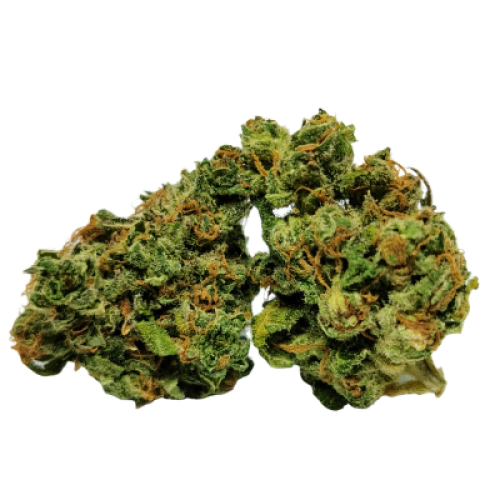

Be the first and share your opinion
Write a Review